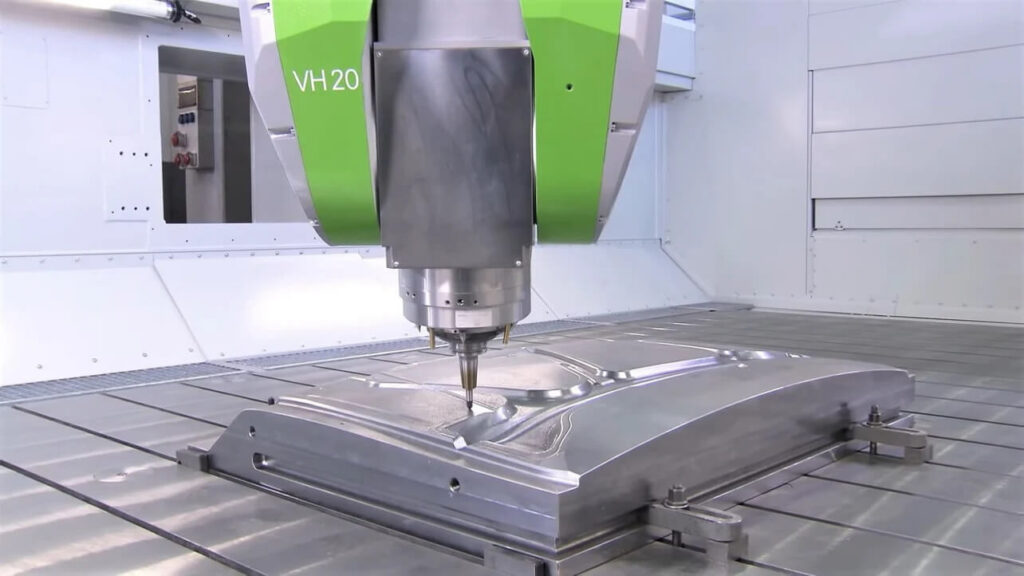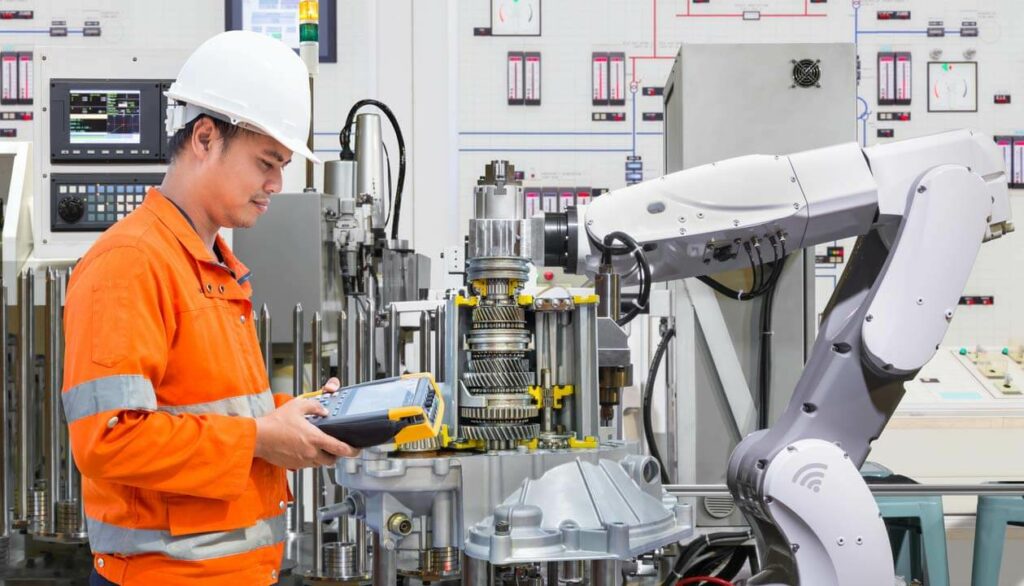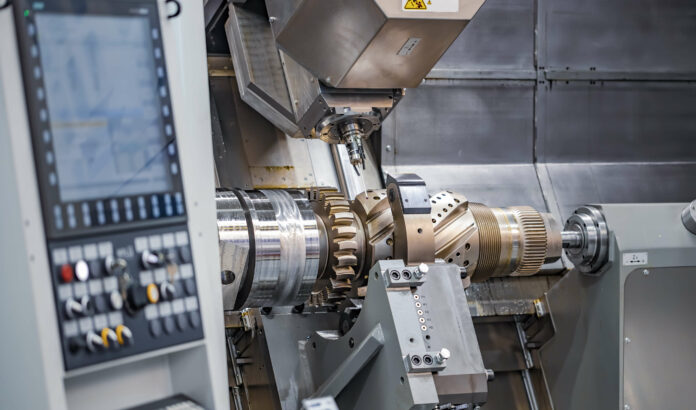Since the COVID-19 outbreak in 2020, the CNC machining industry has registered accelerated growth. With the stay-at-home orders and imposition of lockdowns in several countries, the manufacturing industry has managed to mitigate its losses through CNC machine-based automation.
Surely, the year 2021 will sustain these trends and build on them further. Here’s taking a look at the 7 predictions for the CNC machining industry in 2021.
1. Growth of Manufacturing as a Service
Manufacturing as a Service (MaaS) has made an appearance in the CNC machining sector in the past few years. However, it truly gained traction recently and is projected to grow further in 2021. MaaS leverages networked devices and resources available at a centralized to allow seamless manufacturing.
Given that MaaS offers flexible scalability, reduces manufacturing expenses, boosts productivity, and imparts agility, businesses will turn to MaaS to derive these benefits. Additionally, it grants access to newer, improved, and more robust supply chain models that will be resilient to disruptions.
2. Increased Demand for 5 and 6-axis Machines

Just like any technology that becomes more affordable with large-scale adoption, 5 and 6-axis machines are also becoming relatively affordable for factories. The machine’s ability to offer rotation across the X, Y, and Z (in the case of a 6-axis machine) axes offer greater machining power, greater efficiency, quicker production rate, higher accuracy, and the ability to produce even highly complex designs. These machines can reduce cutting times by nearly 75%, which is a significant improvement in production capabilities in shorter time frames.
3. Expansion of Industrial Internet of Things (IIoT)
While IoT is no stranger to any industry or application, Industrial IoT, or IIoT, is set to take over the CNC Machining sector. It allows network-connected benchtop CNC mills to communicate with each other, thereby eliminating the need for human intervention! Essentially, it makes CNC machines all the smarter!
With the advent of IIoT, manufacturing units can speed up production, make the process safer, and improve quality. It also lays the foundation for complete automation, which will revolutionize computer-based machining.
Furthermore, businesses can access real-time data through sensors, giving them a bird’s eye view of what takes place at the site. Such data will help them identify bottlenecks and improve efficiency.
4. Greater Focus on Waste Reduction
Considering that the pandemic has brought about disruptions in all supply chains, resources and raw materials have turned more precious than ever. Hence, 2021 will witness manufacturing units focusing more on how they use the material and how to minimize waste. Since they seek more attention to material usage, there will be an increased demand for creating scale models with the help of 3D printing devices. Such prototyping efforts will reduce the waste generated by the CNC machine.
5. Demand for Robots and Cobots

The year 2021 will see more robots and collaborative bots (cobots) making an appearance on the machine shop floors. Robots can grant autonomy to your workshop, while cobots can augment human effort. Even though these technologies are not new to the scene, the decreasing workforce will increase their relevance in the present year.
In fact, robots and cobots can be the best solution to complement your labor force without impacting your productivity. The integration of artificial intelligence (AI) and machine learning will improve their capabilities to accomplish more.
6. Need for Skilled Workers
Employees who can upgrade and update their tech toolkit will be highly in demand in the age of smart manufacturing.
This statement considers the fact that while robots can function automatically, cobots require human assistance to function. As such, the human labor force will continue to stay relevant as they are key to the operation, management, interaction, and maintenance of these technologies. Unfortunately, CNC machining floors already experience a shortage of skilled workers.
Companies will generate demand for middle-skill roles with adequate technical expertise. Furthermore, this workforce will be subject to regular upskilling and skill-building activities to keep them up to date on the latest trends.
7. CAM Software Upgrades

CAD (Computer-Aided Designing) and CAM (Computer-Aided Machining) software play a crucial role in CNC machining. In the past few years, the CAD-CAM boundaries are blurring to offer a more seamless machining experience. With this background, CAM software solutions are set to witness newer model upgrades.
Apart from its regular role of error detecting, CAM will inch towards improved capabilities, such as collision detection and disclosure. Such advancement can be crucial in the present scenario given that we are already amidst a skilled worker shortage, and CAM software can reduce failures. CAM will empower CNC machines to reduce errors, enhance machine and tool durability, and improve efficacy.
Final Thoughts
Even though 2020 was a year of disruptions, 2021 will see stabilization in the CNC manufacturing sector. If anything, it has caused a boom in the industry with its long list of benefits. This shift also lays the groundwork for future-proof technologies that will maintain adaptability in production. In short, one can expect more advancements in the industry in 2021 and beyond.
About the Author Peter Jacobs:
Peter Jacobs is the Senior Director of Marketing at CNC Masters. He is actively involved in manufacturing processes and regularly contributes his insights for various blogs in CNC machining, 3D printing, rapid tooling, injection molding, metal casting, and manufacturing in general.

















































